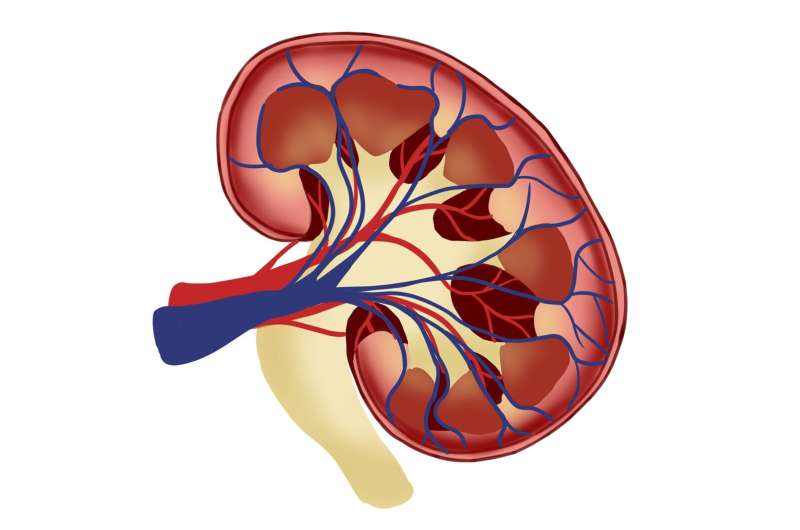Hidden Risks of GLP-1 Weight-Loss Medications in Young Women

New research warns of potential pregnancy risks when young women use GLP-1 weight-loss medications like Ozempic without effective contraception. Experts highlight the need for better guidelines and patient education.
Recent research from Flinders University highlights potential concerns regarding the use of GLP-1 receptor agonists—popular weight-loss medications like Ozempic—by women of reproductive age. While these drugs have gained widespread popularity for their effectiveness in appetite suppression and weight reduction, particularly among individuals without diabetes, their safety profile during pregnancy remains uncertain. The study, published in the Medical Journal of Australia, analyzed data from over 1.6 million women attending general practices across Australia from 2011 to 2022. It found that among the 18,010 women who were newly prescribed GLP-1 medications during this period, only 21% reported using contraception, despite the known risks associated with pregnancy while on these drugs. Notably, in 2022 alone, more than 6,000 women initiated GLP-1 therapy, with over 90% of these women not having a diabetes diagnosis.
The findings reveal that pregnancy rates within six months of starting GLP-1 treatment were about 2.2%. Younger women with diabetes, as well as women without diabetes in their early thirties, had higher pregnancy rates. Women with polycystic ovary syndrome showed twice the likelihood of conception, suggesting that weight loss effects may inadvertently enhance fertility. Importantly, women employing contraception at the outset of treatment greatly reduced their pregnancy risk.
Animal studies from the University of Amsterdam have indicated that GLP-1 exposure during pregnancy could potentially impair fetal growth and skeletal development, though human data remain limited. Currently, the UK recommends that women on GLP-1 medications avoid pregnancy and use effective contraception; however, the research indicates this advice is not consistently followed in Australian clinical practice. Experts emphasize the importance of integrating reproductive health discussions into routine care when prescribing these medications. Clearer guidelines are necessary to ensure safe use, and women are encouraged to consult healthcare professionals about their individual risks and benefits before starting treatment.
The study advocates for further research to fully understand the impacts of GLP-1 drugs on pregnancy and fetal development, aiming to inform safer prescribing practices and safeguard reproductive health.
Stay Updated with Mia's Feed
Get the latest health & wellness insights delivered straight to your inbox.
Related Articles
NAD⁺, Zombie Cells, and the Fight Against Premature Aging
Discover the critical role of NAD⁺ in aging and promising therapies for premature aging disorders like Werner syndrome. Learn how boosting NAD⁺ levels could rejuvenate cells and potentially extend healthspan.
Innovative Urine Test May Predict Kidney Cancer Recurrence, Reducing Need for X-ray Scans
A new urine test shows great promise in predicting kidney cancer recurrence, potentially reducing the reliance on radiation-intensive scans and easing patient anxiety. Read about this innovative breakthrough in cancer monitoring.
Blood Biomarkers Identified for Brain Insulin Resistance
Scientists have identified blood-based biomarkers capable of detecting insulin resistance in the brain, paving the way for non-invasive diagnostics and personalized treatment strategies for metabolic and neurological disorders.
Groundbreaking Achievement: First Successful Human Bladder Transplant Performed in the U.S.
Surgeons at UCLA have successfully performed the world's first human bladder transplant, providing new hope for patients with severe bladder conditions.



